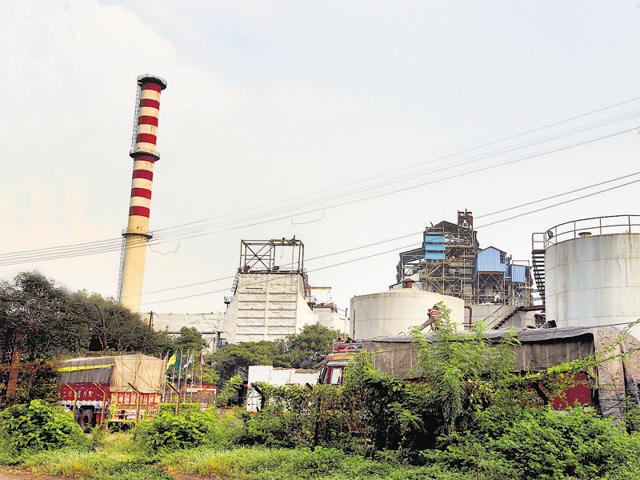Scientists find a way to capture CO2 emitted by industries
TIFR scientists have designed and developed a material that uses fibrous nanosilica (KCC-1) – that can absorb and capture carbon dioxide gas released by industries more efficiently than materials available at present
Efforts to reduce carbon dioxide (CO2) emissions is at the forefront of research across the world.

Now, scientists at the Tata Institute of Fundamental Research (TIFR), Mumbai, have designed and developed a material that uses fibrous nanosilica (KCC-1) – that can absorb and capture carbon dioxide gas released by industries more efficiently than materials available at present. Carbon dioxide comprises about 12% to 15% of all gases emitted by the industries.
“Climate change owing to excessive CO2 levels is one of the most serious problems mankind has ever faced. This has resulted in abrupt weather patterns such as flood and drought, which are extremely disruptive and detrimental to life, as we have been witnessing in India in the recent years,” said Vivek Polshettiwar, department of chemical sciences and lead scientist, TIFR.
“Some developed countries have started taxing carbon to industries, but that’s not the case so far with India. Therefore, CO2 capture is one of the best solutions to mitigate the rising levels of CO2,” added Polshettiwar.
Their work was recently published in the Journal of Material Chemistry A of the Royal Society of Chemistry.
At present, materials using mesoporous silica supports ((SBA-15 or MCM-41) can absorb carbon dioxide. But their textural properties – surface area and pore volume – serve as a disadvantage thereby reducing their capacity to capture carbon dioxide. According to the two-member that includes Baljeet Singh, researchers, the ‘functionalised’ nanosilica has the ability to take on other conventional materials with minimal decrease in surface area.
Under various conditions, when carbon dioxide passed through the filter made of nanosilica (KCC-1) – similar to a water filter that removes impurities – the material was found to be superior to MCM-41 in terms of textural stability, CO2 capture capacity, rate of adsorption and thermal stability.
While (KCC-1) captured 17.0% carbon dioxide in 5.3 minutes, MCM-41 captured 14.9% of the pollutant in 12.6 minutes – both at a temperature of 75 degree Celsius.
In addition, recyclability of the newly developed material showed no reduction in CO2 capture capacity even after 21 cycles, whereas MCM-41 based sorbent capture capacity substantially decreased to 11%.
“Our fibrous nanosilica should be a good candidate for use as a support to design efficient CO2 sorbents that would allow better capture capacity, kinetics and recyclability”, said Singh. “A unique feature of KCC-1 is its high surface area which originates from its fibrous morphology unlike in other well studied materials that have mesoporous channels.”
Stay updated with all the Breaking News and Latest News from Mumbai. Click here for comprehensive coverage of top Cities including Bengaluru, Delhi, Hyderabad, and more across India along with Stay informed on the latest happenings in World News.
Stay updated with all the Breaking News and Latest News from Mumbai. Click here for comprehensive coverage of top Cities including Bengaluru, Delhi, Hyderabad, and more across India along with Stay informed on the latest happenings in World News.





